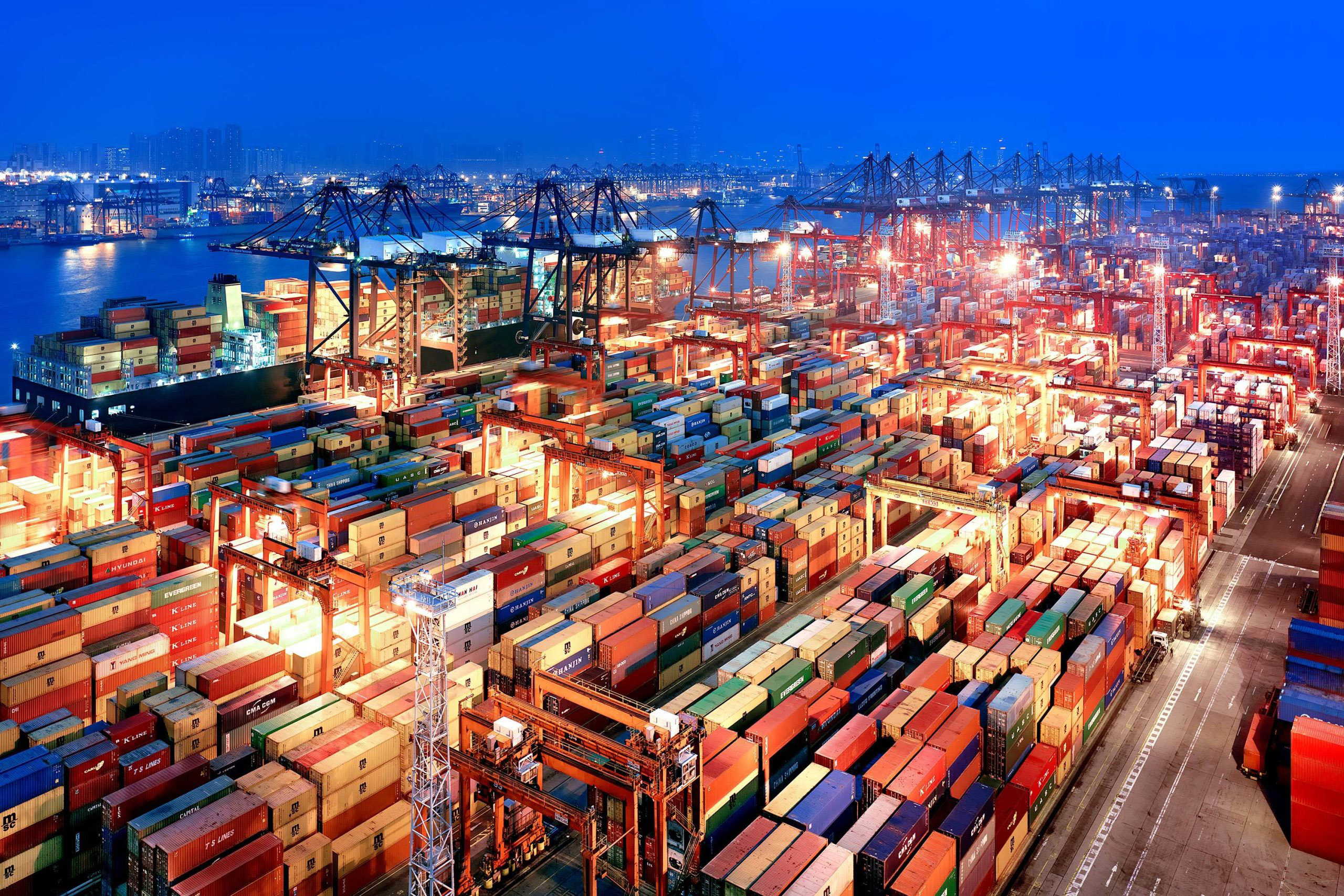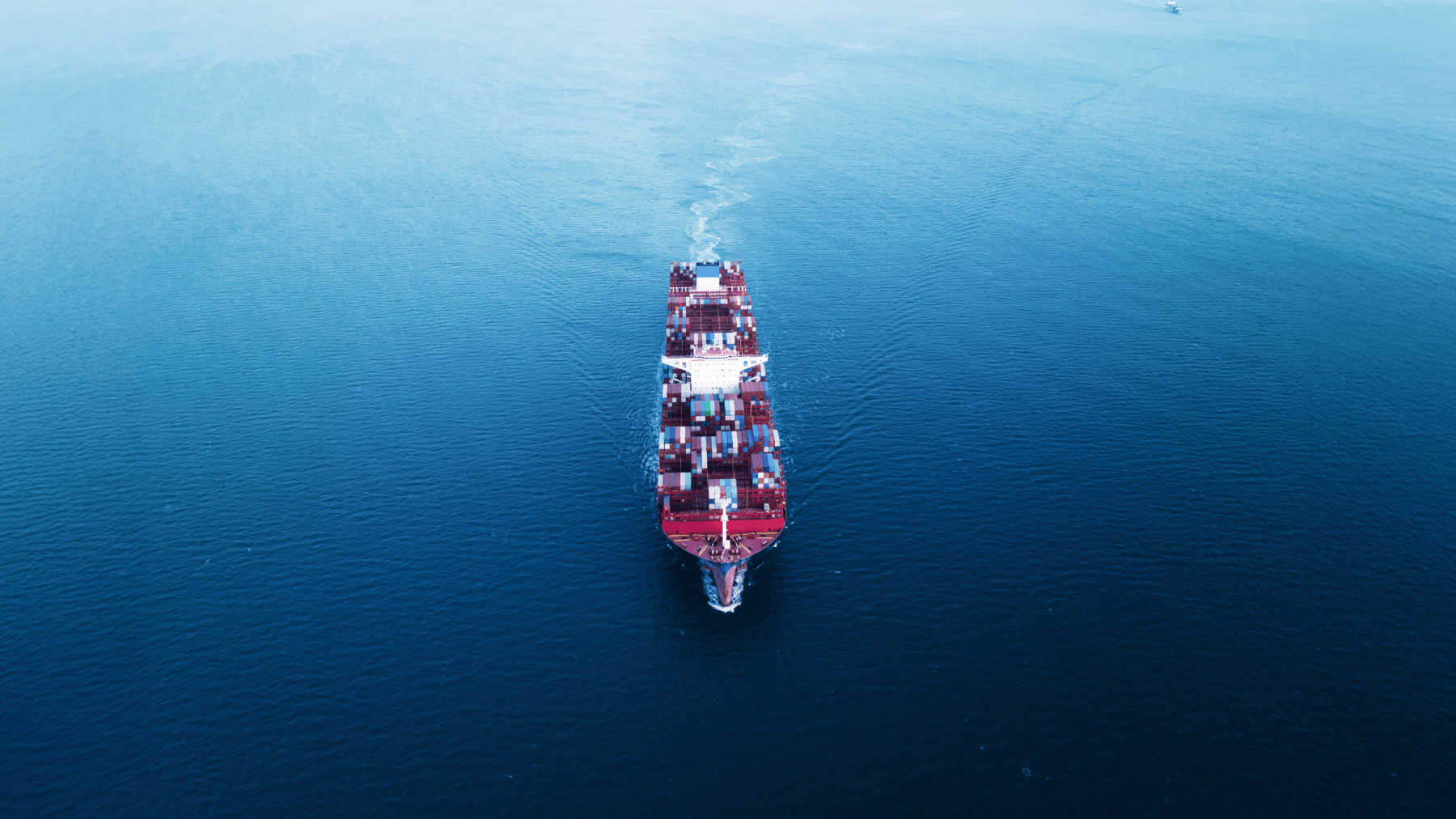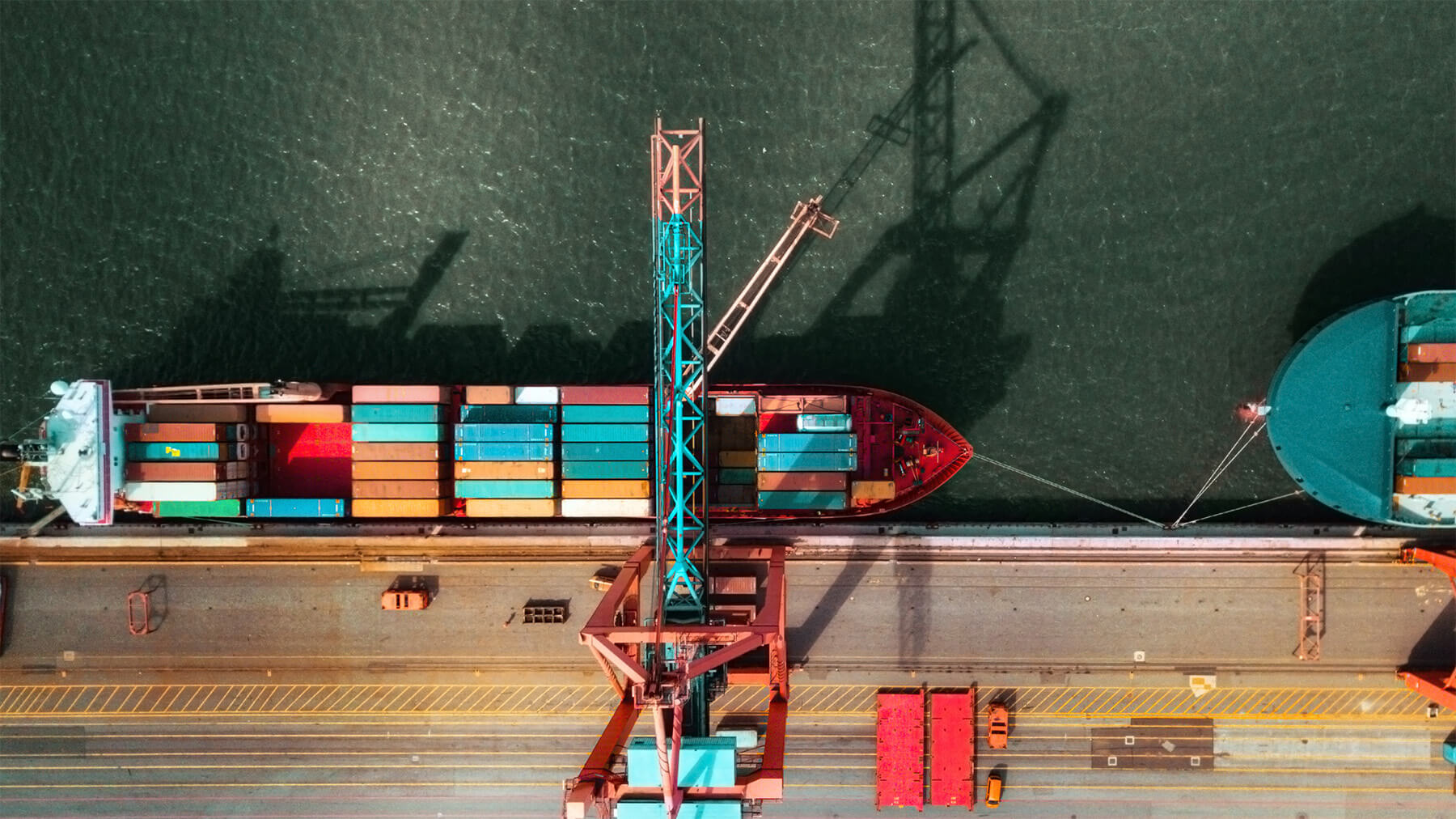If you thought 2022 was the year that ocean shipping would finally return to stability, think again. Across the world turbulence continues for ocean shippers as new problems replace old ones, resulting in continued obstacles to global door-to-door movements.
Here’s an update on the challenges facing ocean shippers, based on the data from our visibility platform that tracks more than 5,000 vessels and activity at more than 700 seaports.
Lockdown Situation in China
The Chinese government’s lockdown to stem the spread of the latest Covid variant has resulted in a decrease in Chinese manufacturing output and impacted inland trucking services.
Because of lower manufacturing activity, vessel congestion at Chinese ports hasn’t been much of an issue the past few months, despite media reports to the contrary. Chinese ports have remained opened likely aided by a closed-loop system where employees live and work on-site. In addition, reduced Chinese manufacturing actually created more vessel capacity at the ports. It should be noted that in mid-April the rerouting of imports to Ningbo from other Chinese ports created a mild increase in vessel traffic there that has since subsided.
The bigger impact on supply chains has been the reduction in trucking services to the ports due to increased Covid restrictions and testing requirements on drivers. As a result, fewer empty containers are going out to be filled at inland manufacturing sites and fewer full containers are coming back to the port to be shipped out of China.
Looking ahead to the coming months, goods coming out of China will be hard to come by, and it’s not because of port or vessel congestion. It’s because the goods never got to the port for ocean transportation in the first place.
Improved Throughput at US Ports
The combination of increased US demand during the 2021 holiday period and the impact of Covid on labor resulted in peak port congestion at Los Angeles in the last quarter of 2021. As result of that, shippers rerouted more vessels to East Coast ports in January and February, causing congestion particularly at the ports of Savannah and Charleston. It should be noted that congestion at those two East Coast ports decreased during April and early May.
During the first quarter, Southern California ports successfully worked through the backlog of vessels and containers while still handling record volumes of containers. While container handling has improved there, a shortage of intermodal equipment to continues to impact door-to-door movements and lengthen lead-times for some shipments.
The Export Situation
Exports, however, in both the US and Europe continue to face delays because of a short supply of containers. The reason for those shortages are that empty boxes are being whisked back to Asia by carriers taking advantage of more lucrative Asian export rates.
Whiplash Coming?
In the months ahead, we anticipate a potential “whiplash” effect on supply chains. As China opens up and starts shipping out a backlog of orders, US and western European ports will likely struggle to handle the incoming container volumes. In the US, in particular, a continued shortage of intermodal equipment should hobble the inland portion of global door-to-door shipments there.
As noted above, ocean shipping continues to pose challenges to global shippers who depend on reliable ocean liner and intermodal transportation to maintain parts and product inventories. Without real-time visibility into ocean and intermodal shipments in transit, and intelligence on port conditions throughout the world, supply chain managers will lack the flexibility to circumvent the latest shipping bottlenecks and respond to continued volatility in ocean shipping.



